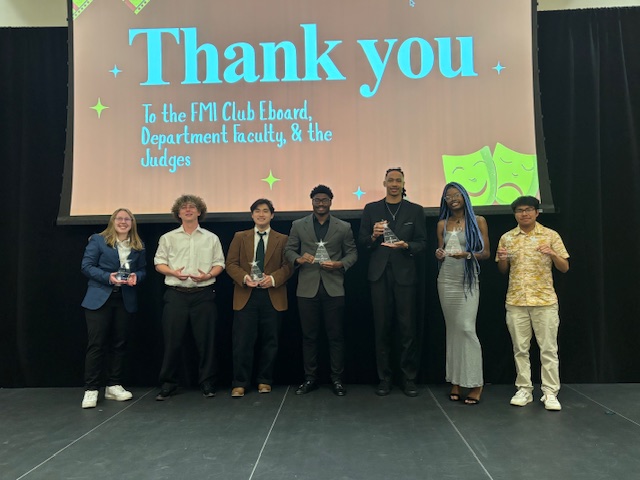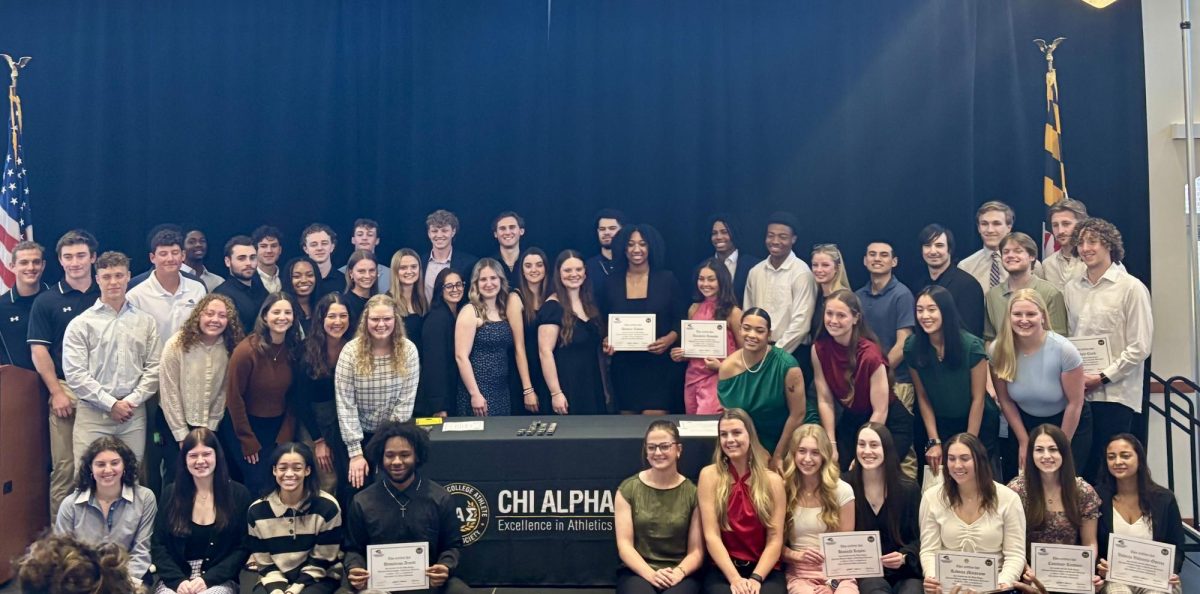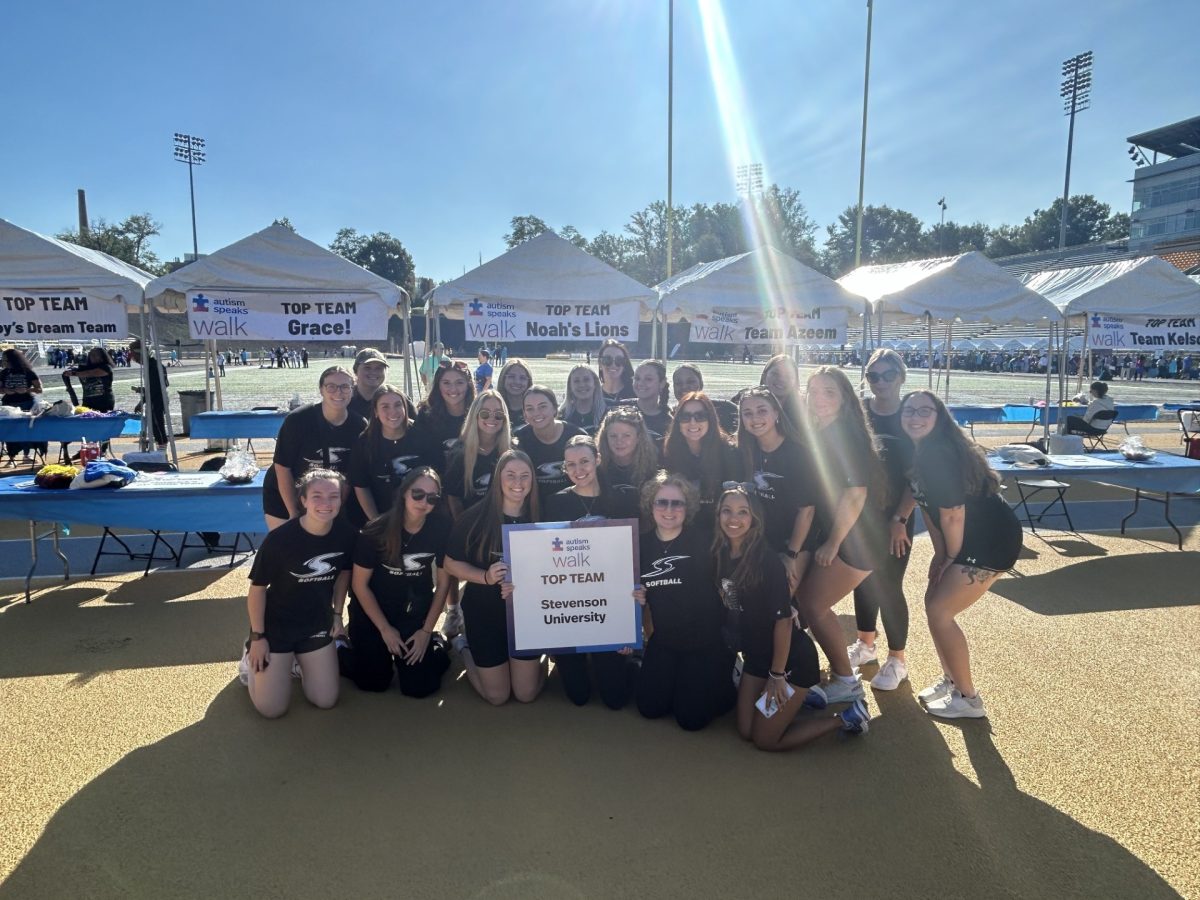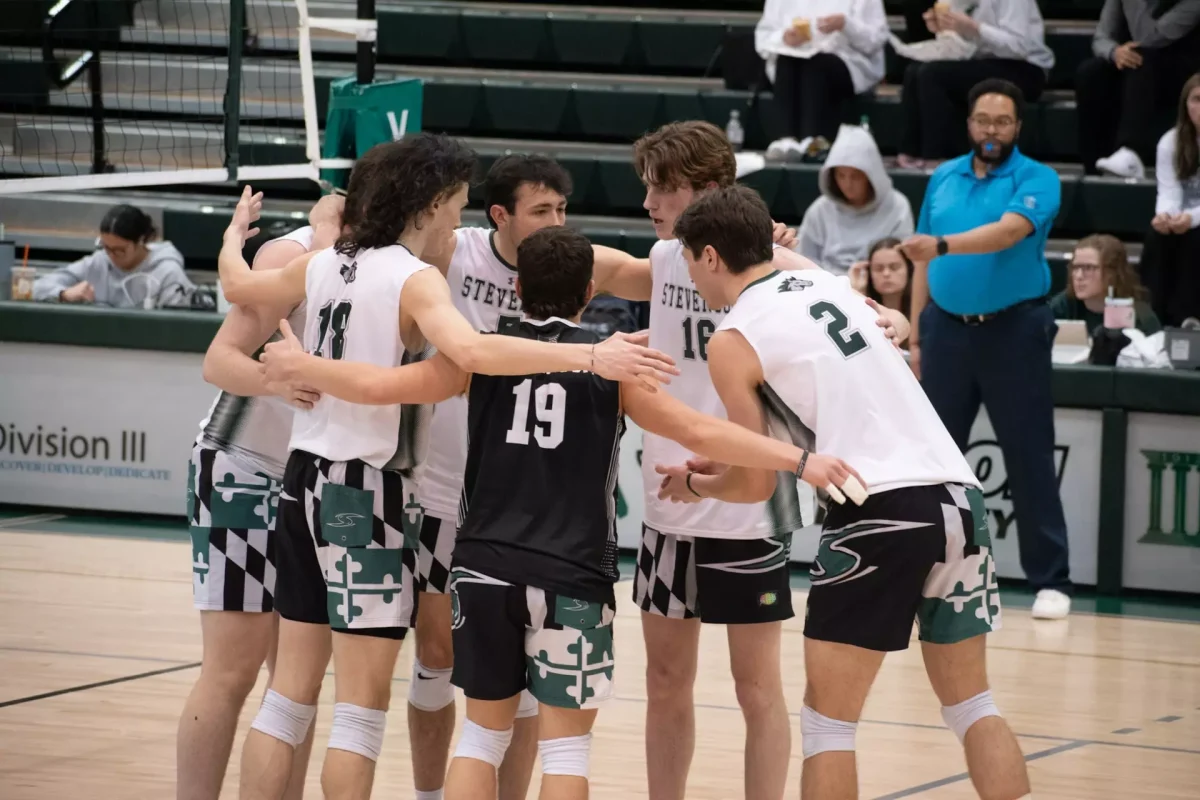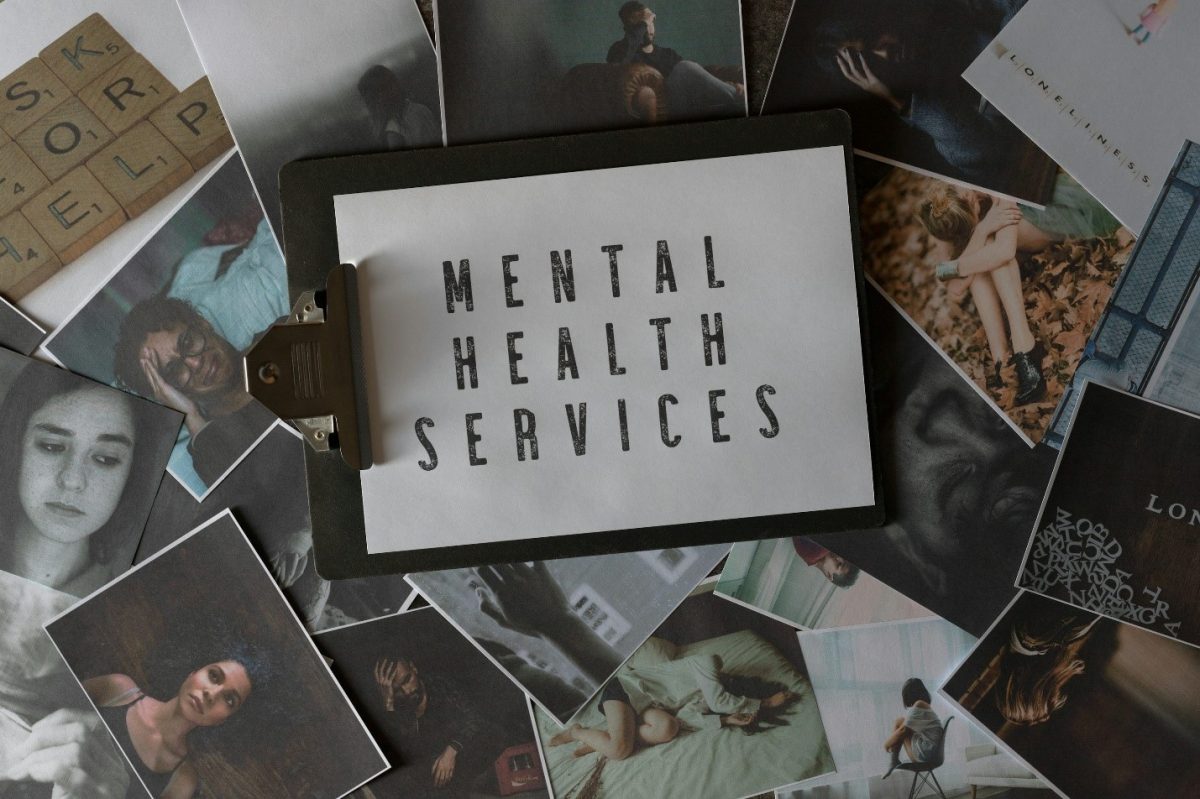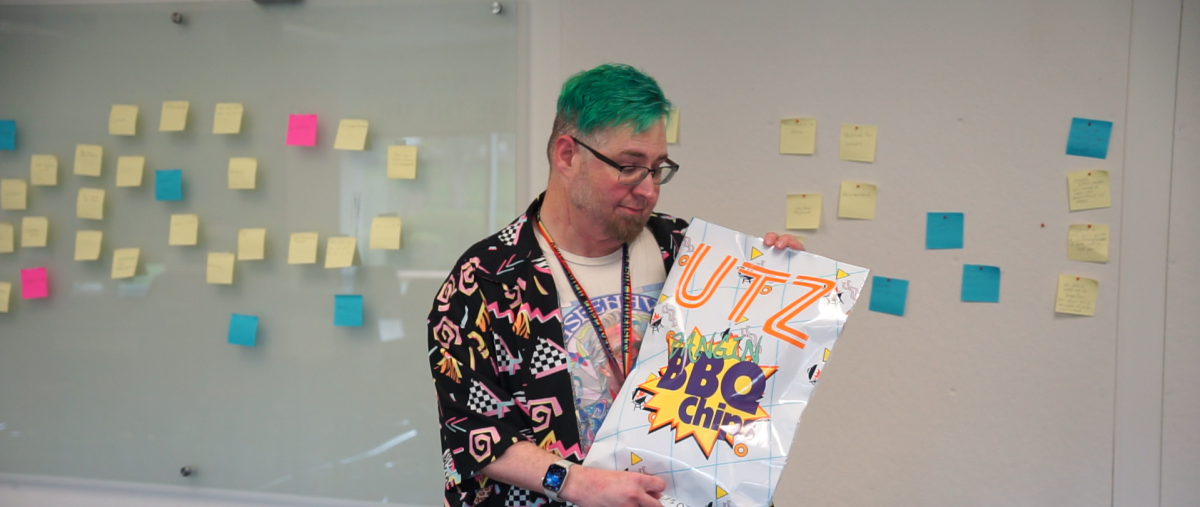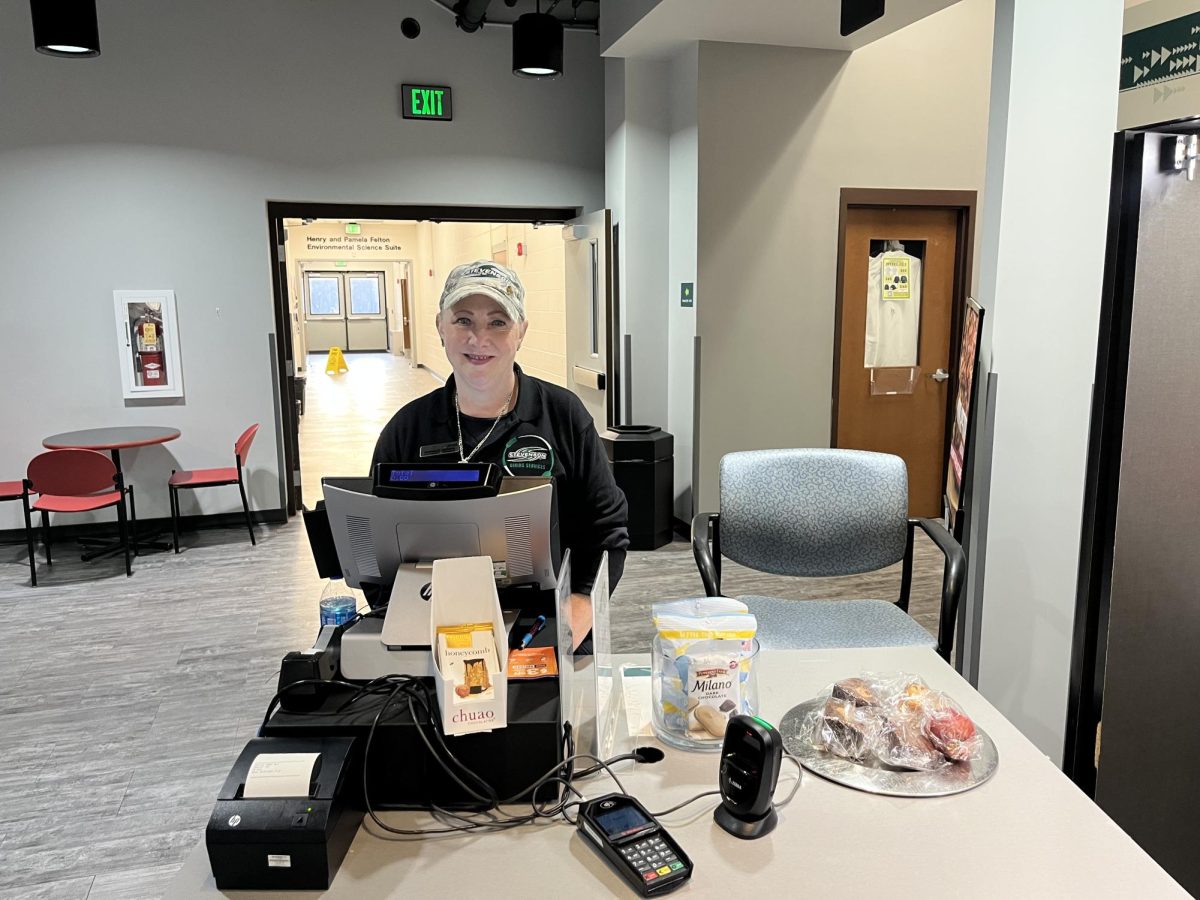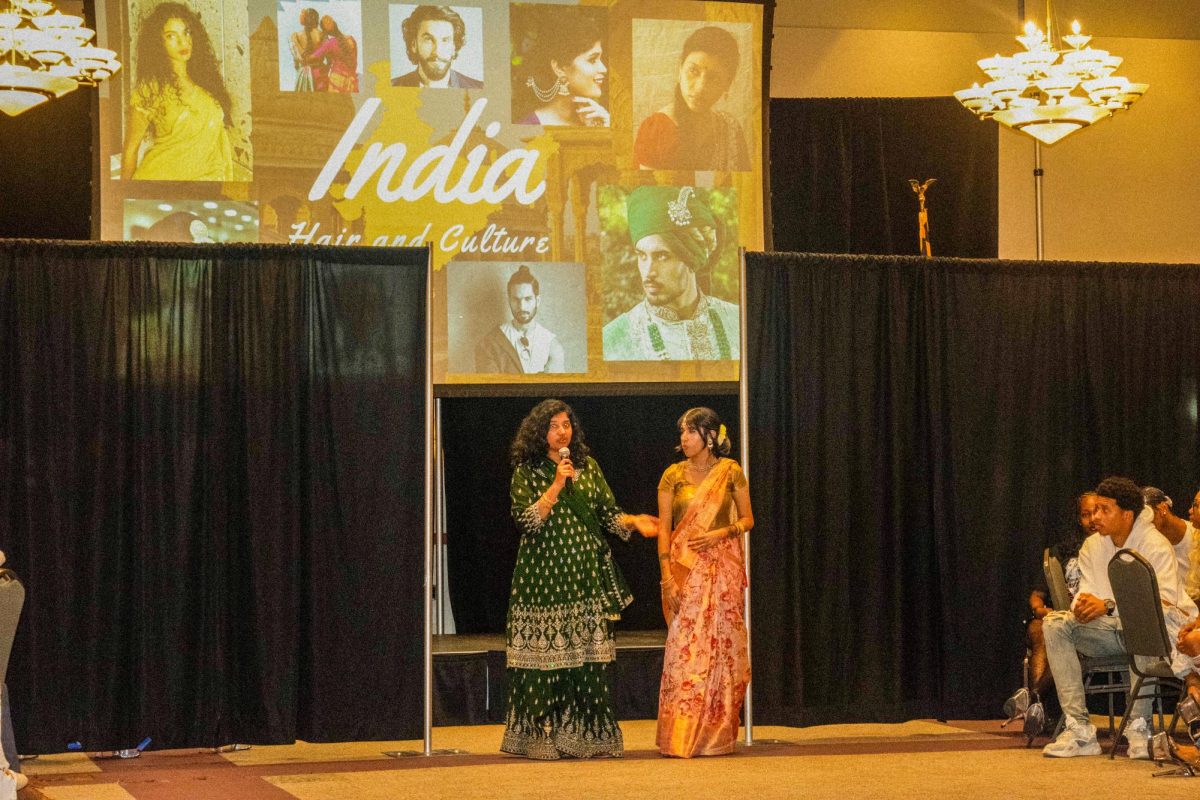To bring awareness to the dangers of phishing, Stevenson’s Office of Information Technology has initiated the “Don’t Take the Bait” campaign that will run for the month of October, National Cybersecurity Awareness month.
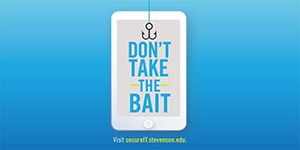
Phishing occurs when a hacker attempts to entrap a person with an email or other electronic communication in hopes of gaining personal information such as passwords, usernames, or credit card information so that it can later be used to the phisher’s benefit.
Jim Bole, Stevenson’s director of information and technology, said, “Phishing continues to be the biggest way for bad people to do things to us in the cyber-world,” phishing happens to people everywhere, not just at Stevenson University, making phishing an extreme threat to people everywhere.
As the first person to hold the position of director of information and technology at Stevenson, Bole saw the opportunity for this campaign to show the Stevenson community that the cyber security team at the university is alert to safety issues. He explained how people are becoming even more vulnerable to phishing tactics due to the heavy usage of mobile devices. The opportunity for phishers to gain information can occur through social media as well.
Brian Fodrey, chief information officer, said that the overall goal of “Don’t Take the Bait” is to give faculty, staff, and students the tools they need to be better equipped at identifying malicious activity. Throughout the month of October, anyone in the Stevenson community can attend a workshop or stop by one of the pop-up engagement tables around campus. Both Bole and Fodrey emphasized how important it is for everyone to understand how the campaign can help them stay alert in their everyday lives.
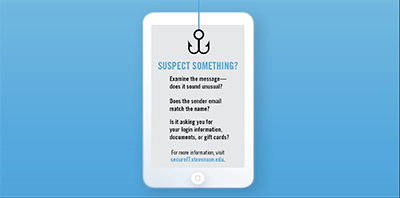
Josh Crisostomo, a student employee in Tech Connection, also explained the importance of “Don’t Take the Bait.” He has seen firsthand how students can be affected by phishing, noting that student accounts have been hacked, information has been leaked, and that all of this affects people regularly. He encourages everyone to be more prepared in identifying phishing emails, telling them to look out for a false sense of urgency in any email, to identify any inconsistencies within the message, and to not click on any links until the legitimacy of the email is confirmed.
Bole, Fodrey, and Crisostomo hope that by bringing more awareness to the topic, they can help the Stevenson community avoid the negative effects of phishing and other cyber threats. Bole is excited to announce that even after the month of October, he and his team will continue to make efforts to bring attention and knowledge to the community about other cybersecurity issues.
For more information on “Don’t Take the Bait,” or steps on how to handle suspicious emails, visit the website here.



